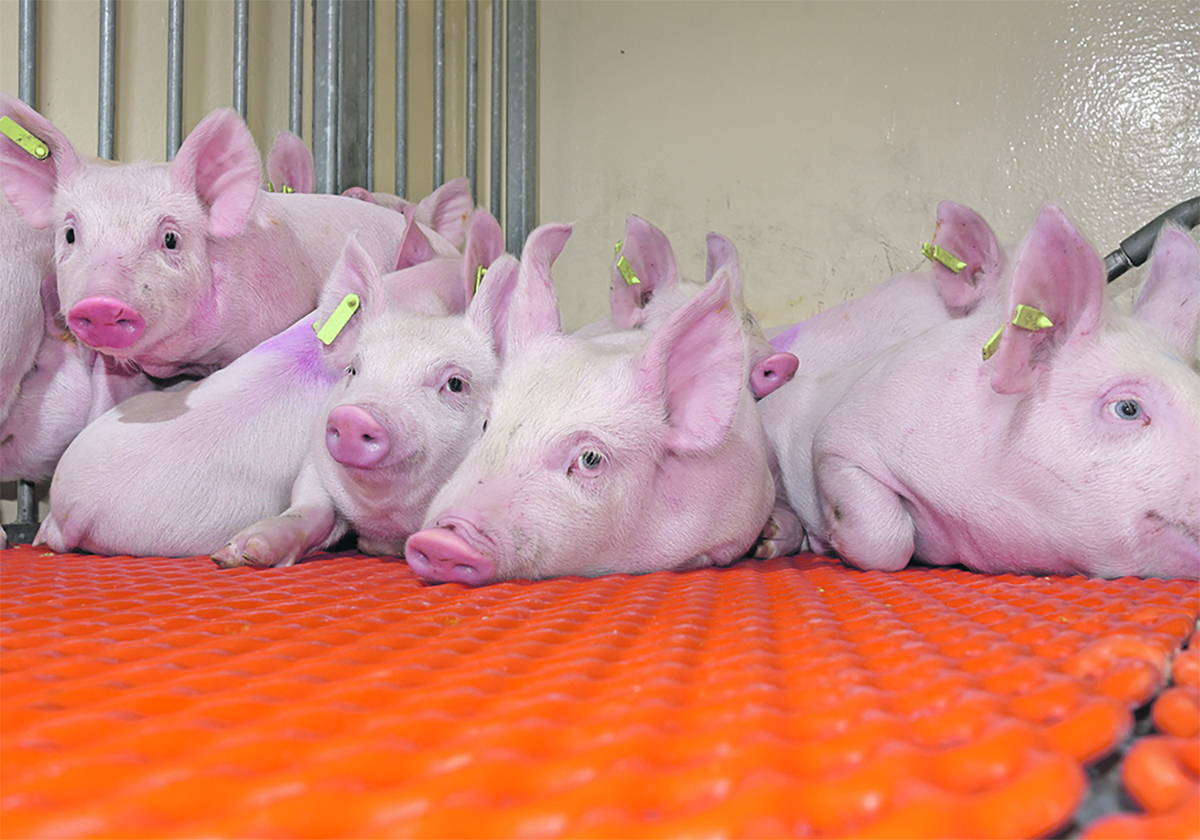Fourteen Brazilian states are already considered FMD free, and trading partners must meet food safety inspection standards
NASHVILLE, Tenn. — The United States is considering accepting fresh beef from Brazil.
Brazilian beef imports must now be cooked to guard against foot-and-mouth disease, but a proposal from the U.S. Department of Agriculture last December could change all that.
The Brazilian agriculture department has agreed to work through import rules with the USDA’s Animal and Plant Health Inspection Service.
Public comments will be accepted until Feb. 21, with a rule possible by March.
APHIS chief veterinarian John Clifford said the move is controversial because some groups fear it could introduce disease to the U.S.
Read Also

The Western Producer Livestock Report: July 17, 2025
U.S. hogs averaged $106.69 on a carcass basis July 11, down from $110.21 July 4.
The risk is probably close to zero, he told the National Cattlemen’s Beef Association convention held in Nashville Feb. 3-7.
“If you want to worry about FMD introduction, you should worry about illegal products coming into this country,” he said.
The disease could be transported in soil from an infected country, but it is more likely to arrive in products such as sausage that were not cooked well enough to kill the virus.
Millions of containers enter the country unchecked and people move freely around the U.S., which could allow the disease to slip into the country and remain undetected until it was too late.
Foot-and-mouth disease is highly contagious and infectious.
Clifford said inspections are ongoing, in conjunction with Canada and Mexico. As well, the North American Free Trade Agreement partners also own a vaccine bank that carries protection against most of the known strains.
Diligent procedures are in place to keep the disease out, and trading partners must meet the Food Safety and Inspection Service’s standards for food safety and disease reporting.
“The system is based so we know they have the resources and the capability to detect the disease early and protect their trading partners by quick notification or notify us if anything is moving here in shipments,” Clifford said.
Seventy percent of the world has foot-and-mouth disease, but the virus is not always active. It can be found in Africa, South Asia, the Middle East, China and Russia.
“Most of South America is free with vaccination and does not have circulating endemic virus popping up all the time now,” Clifford said.
“We have an opportunity in the next five years, if we continue to put resources in that area, to be totally free of this disease in North and South America.”
Fourteen Brazilian states are free of the disease with vaccination, and the state of Santa Catarina is disease free.
Parts of Argentina have been clear for 30 years, and Chile is disease free.
Uruguayan and Argentine beef is exported to the U.S., but it must meet certain requirements.
The beef must be boneless and free of blood clots and lymph nodes.
Researchers know that pH levels drop to below six as boneless beef ages, which can kill the virus.
“We were bringing in boneless beef from Argentina in 1997, and in 2000, due to the outbreak, we stopped,” he said. “For the last 10 years, you have had boneless beef coming from Uruguay. In 2013, we just had our first boneless shipment of sheep meat.”
The last known case in the U.S. was 1929, but the industry worries that the disease could spread rapidly because of dense livestock populations in some areas and continuous movement of animals.

















